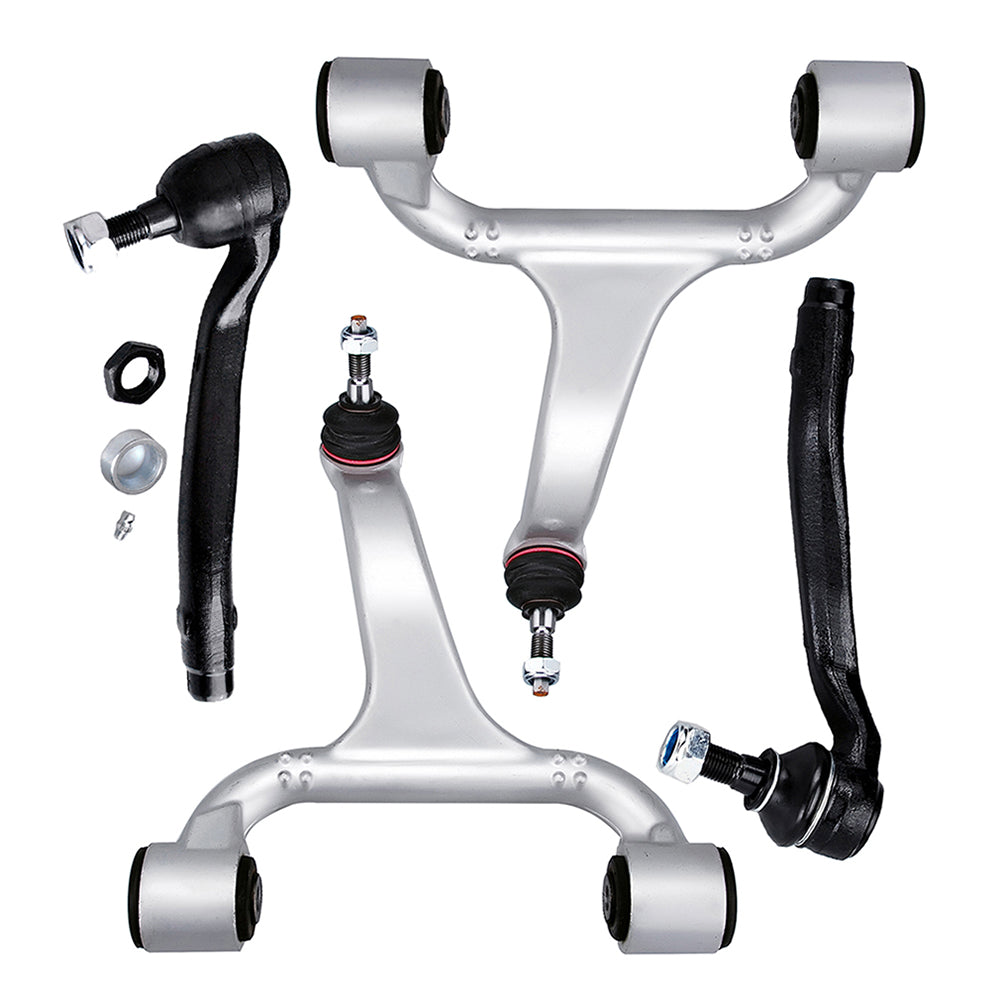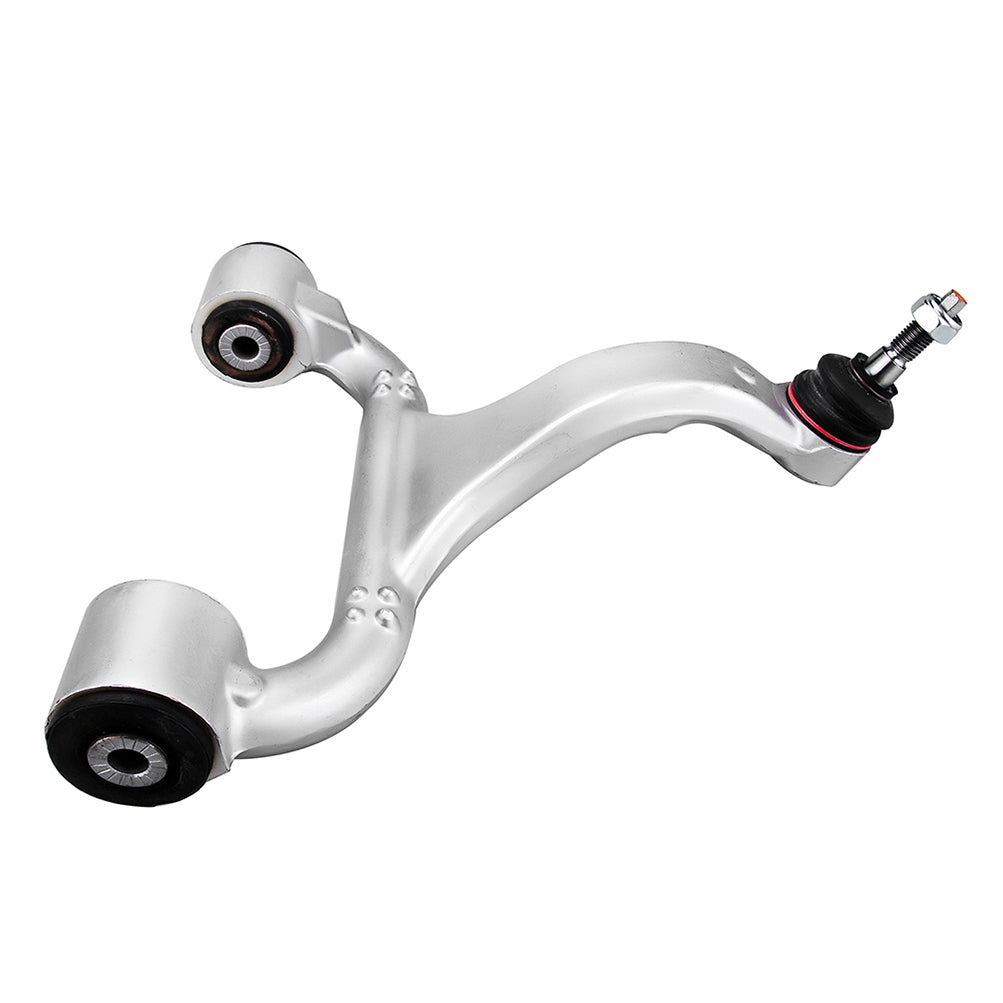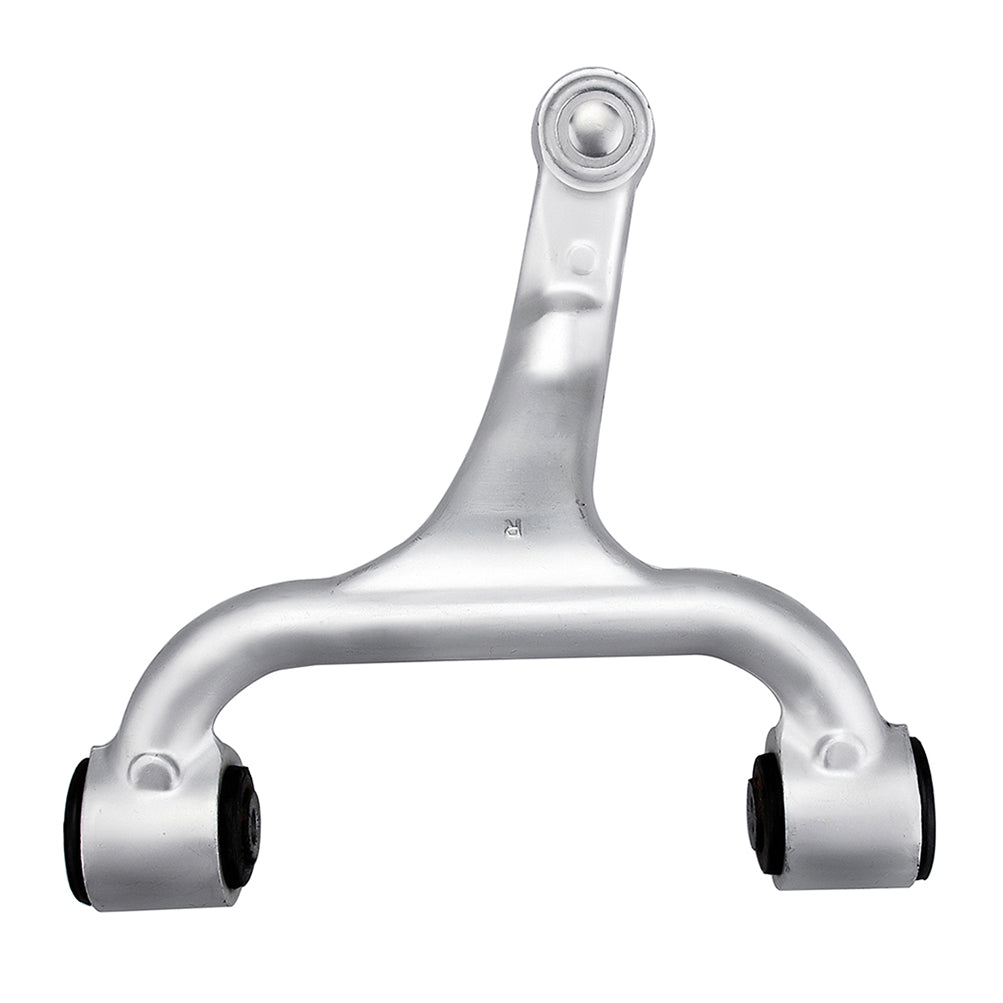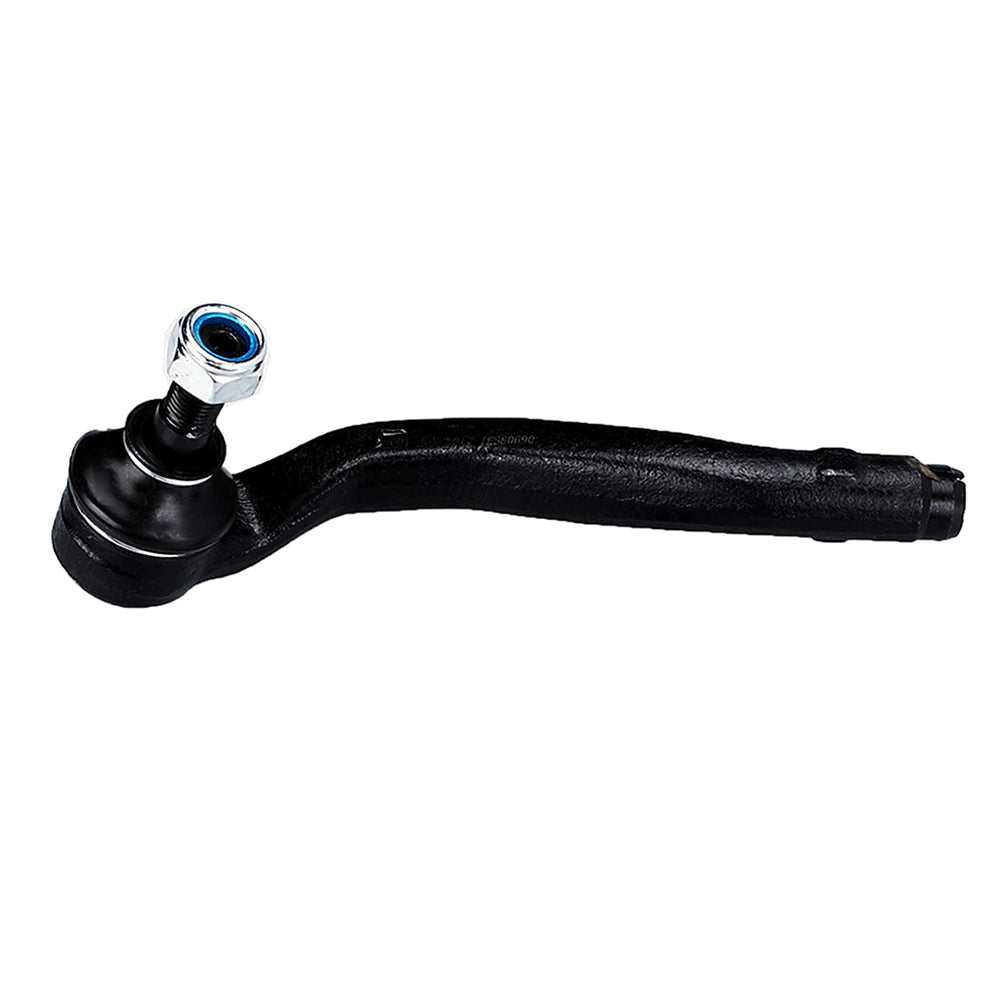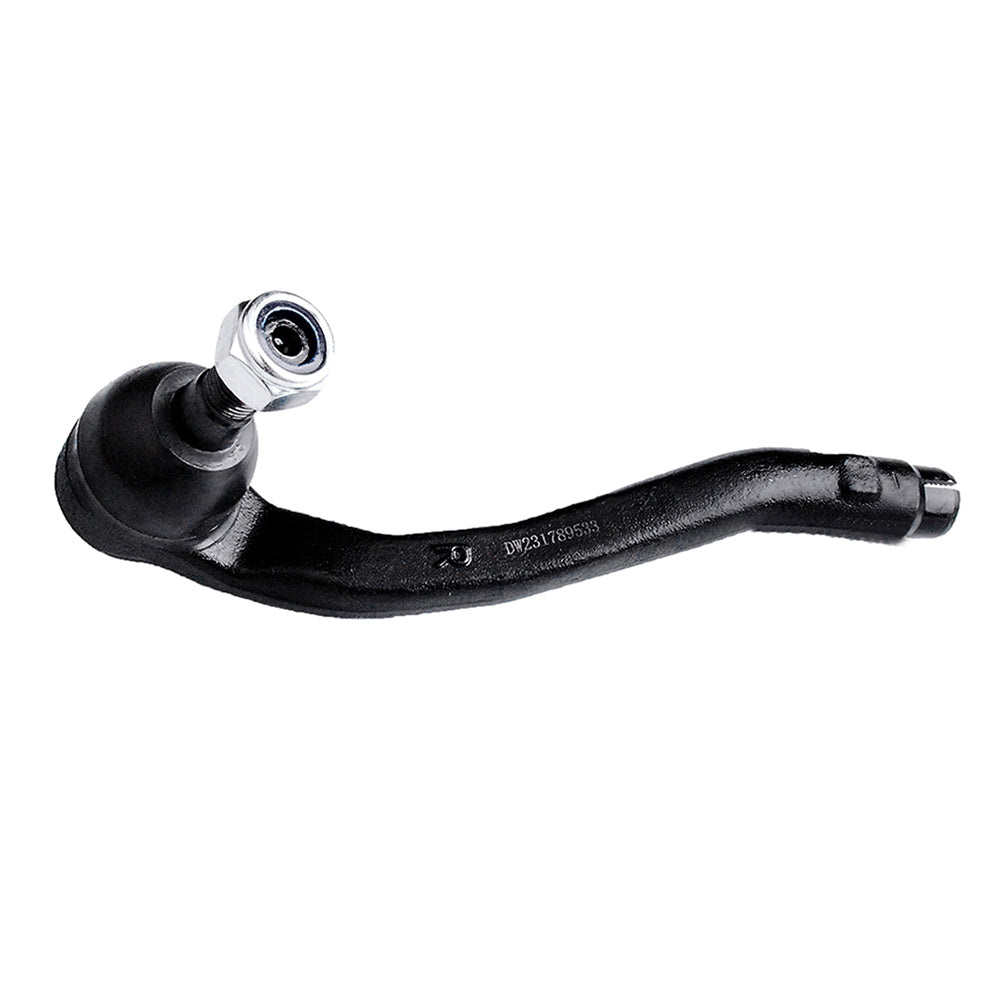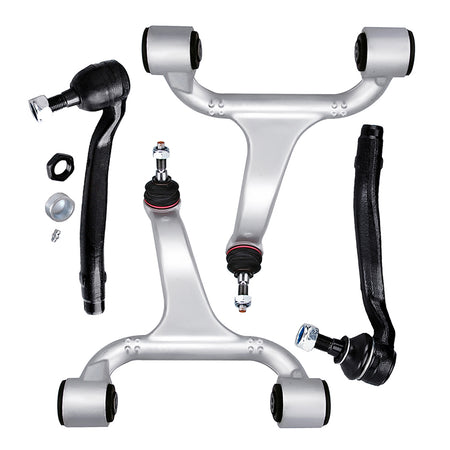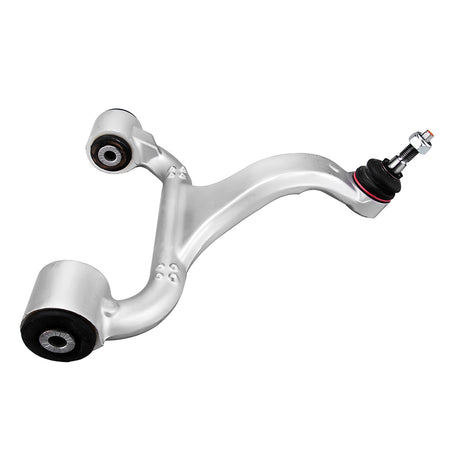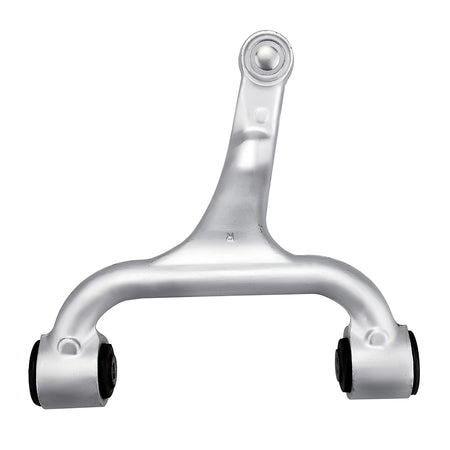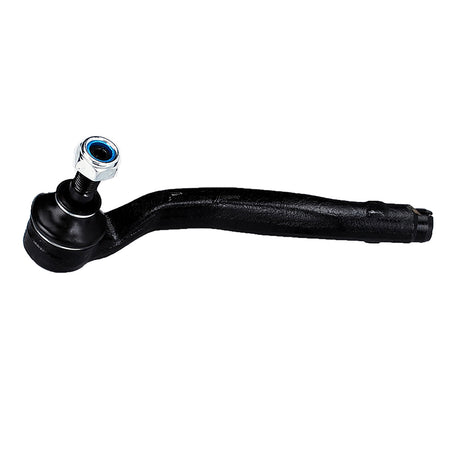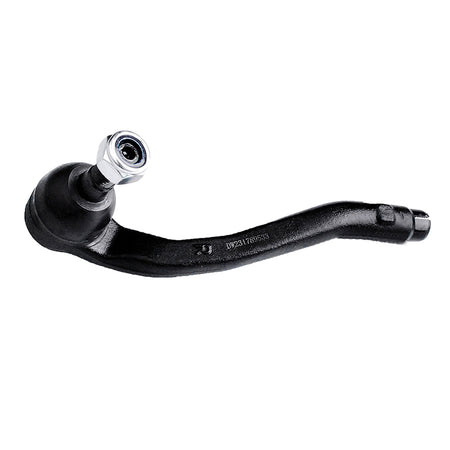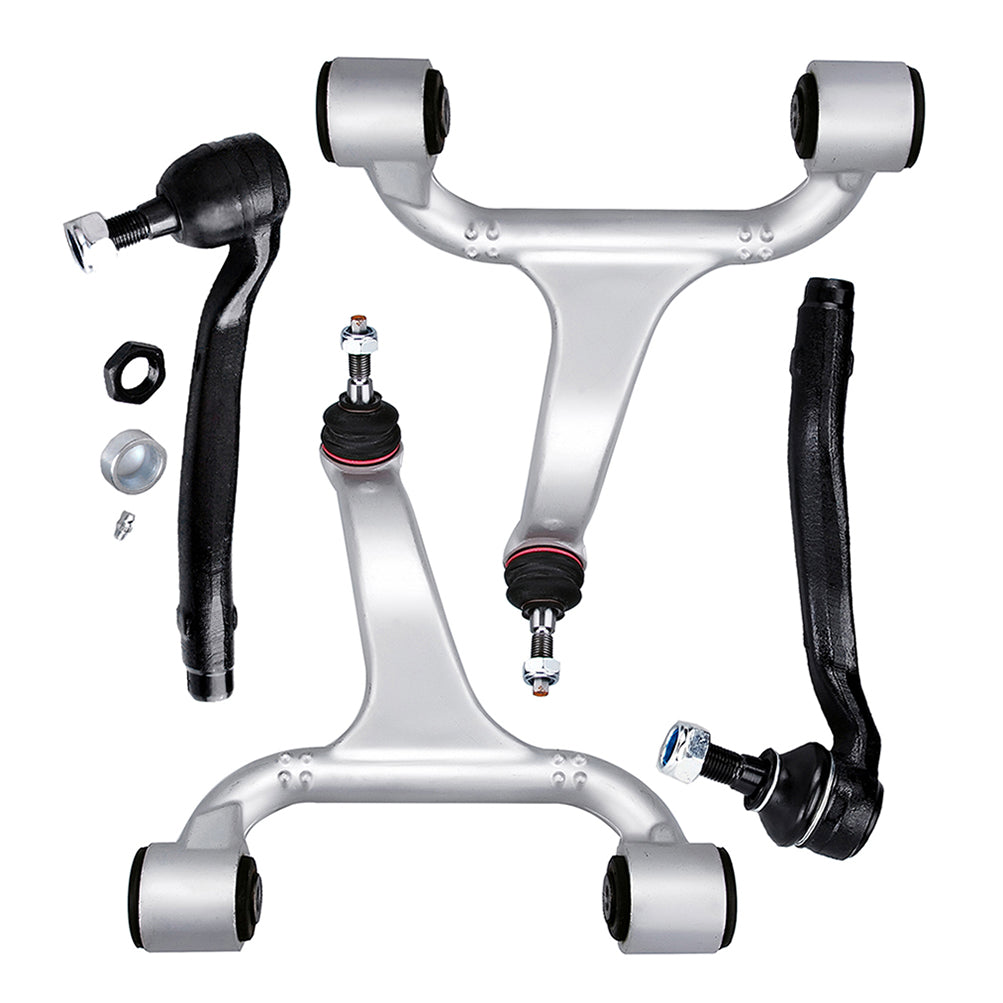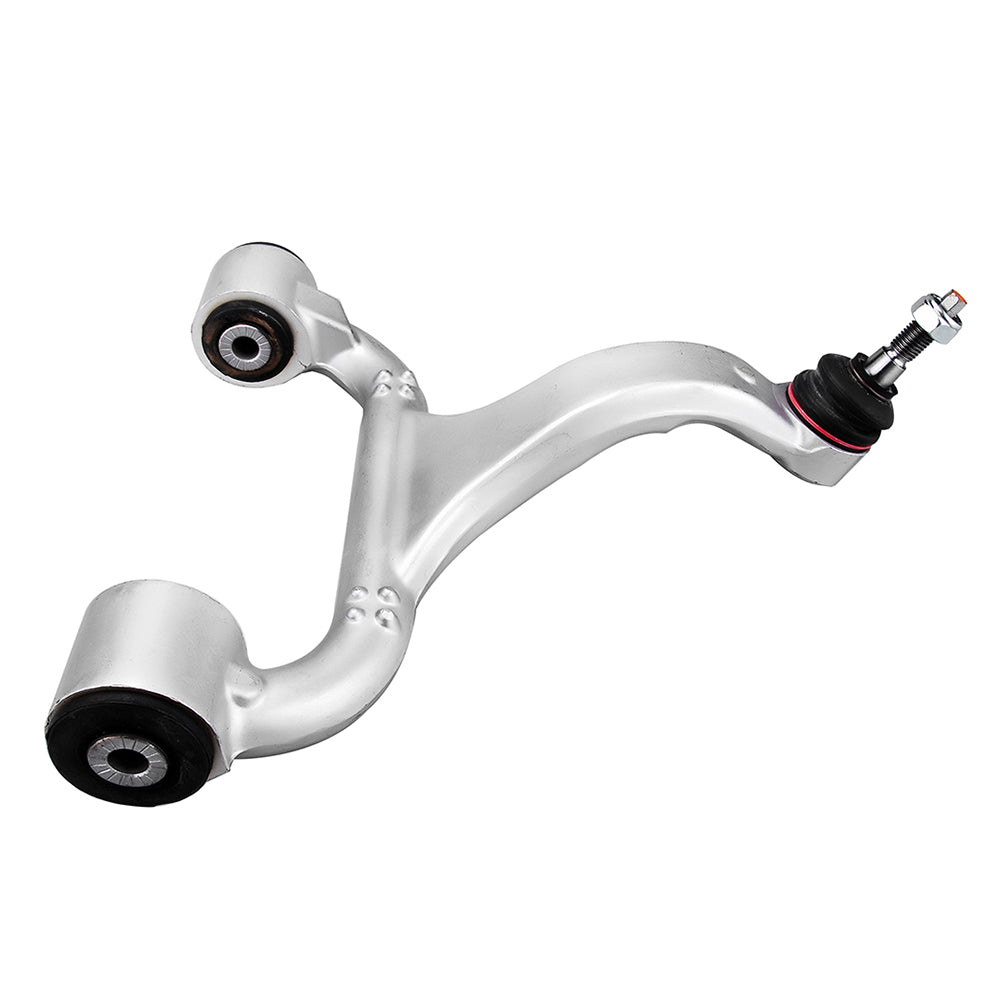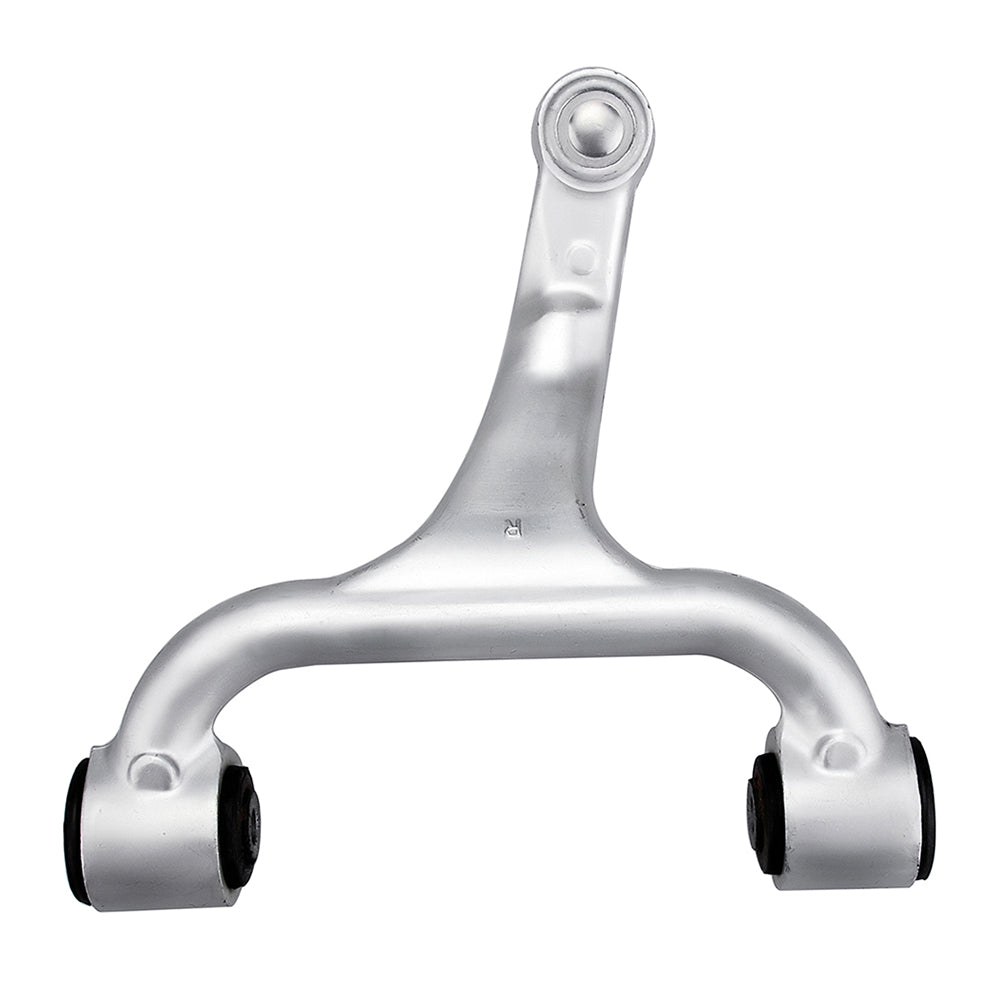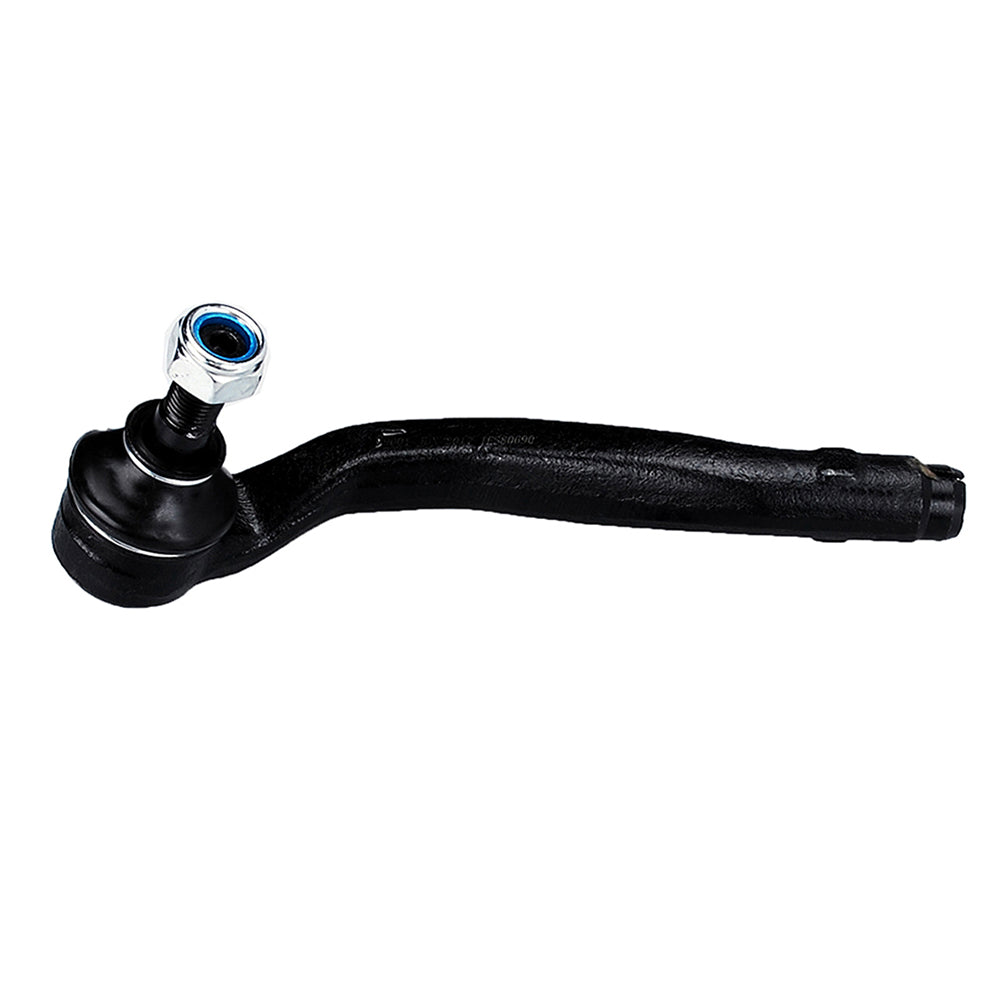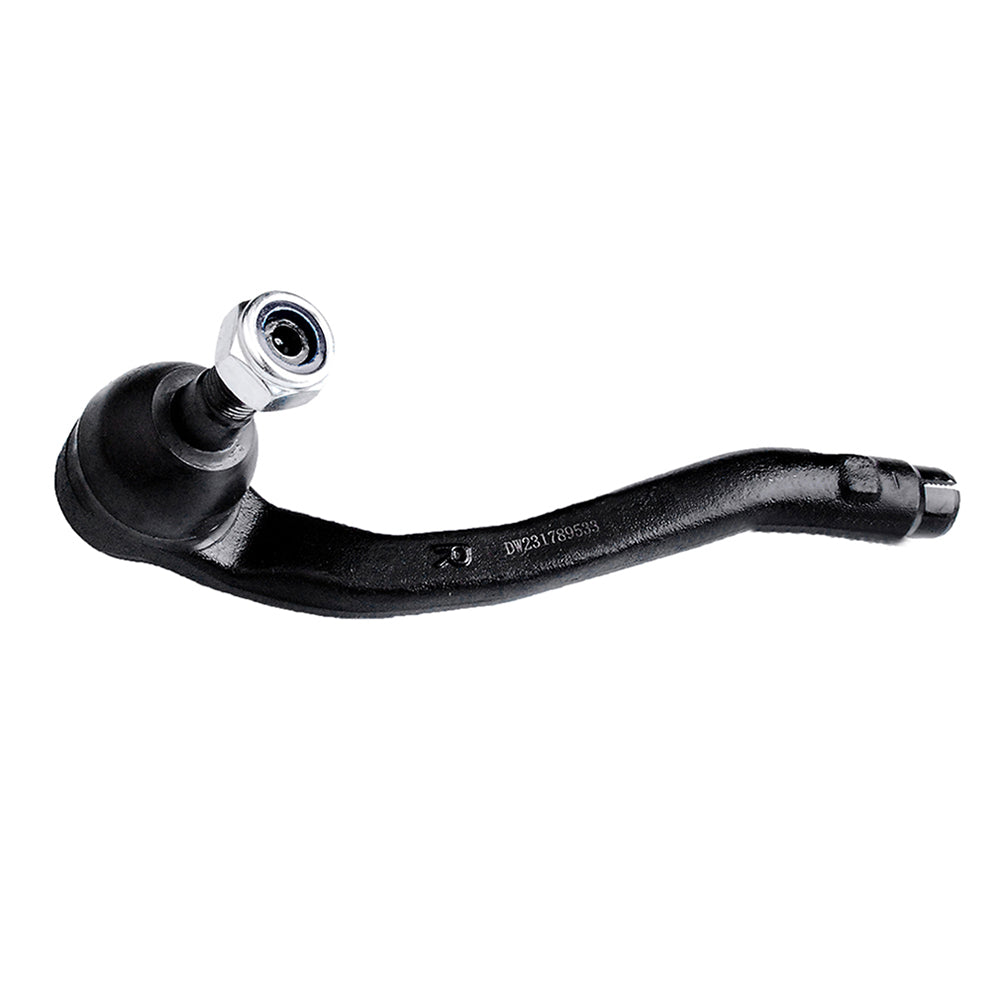Fits ML Series 4x Kit Upper Control Arms Ball Joints & Outer Tie Rod Ends
Fitment:
- Mercedes-Benz | ML320 | 1998~2003 | 3.2L
- Mercedes-Benz | ML350 | 2003~2005 | 3.7L
- Mercedes-Benz | ML430 | 1999~2001 | 4.3L
- Mercedes-Benz | ML500 | 2002~2005 | 5.0L
- Mercedes-Benz | ML55 AMG | 2001~2003 | 5.4L/5.5L
Product Specifics
- Manufacturer Part Number: E81346601CP
- Interchange Part Number: K80548 K80547 ES80690 ES80691
- Manufacturer Warranty: 10 Year
- Items Included: Mounting Hardware
- Kit or Single Part: Kit
- Placement on Vehicle: Left, Right, Front,Upper,Outer
- Kit Parts Included: Control Arm and Ball Joint,Tie Rod End
- Package Included: 4x
- OE Spec or Performance/Custom: OE Spec
- OE/OEM Part Number: 1633330001,1633330101,1633300103 ,1633300403
- Greasable or Sealed: Greasable
- Adjustable: Yes
- Surface Finish: Polished, Rust Protected
- Universal Fitment: No
- UPC: Does not apply
- UPC: Does not apply
- Features: Greasable
- Finish: Coated
- Cotter Pin Hole: Yes
- Material: Alloy Steel
- Mounting Style: Bolt-On
A defective control arm can manifest in the following ways
(1).Noise (squeaking, creaking, rumbling).
(2).Deteriorating driveability.
(3).Increasingly woolly and imprecise steering.
(4).Uneven tyre wear.
Tip:If the control arm is in working order, it is possible to only replace the defective bearings and joints. However, replacing bearings, control arm bushings and ball joints can be very complex and costly.
Picture(B)
1.First lift the vehicle using a car lift, ideally a wheel-free four-post car lift. This makes it easier to correctly tighten the control arm fixing screws.
Note
Do not tighten the fixing screws and nuts in this step, otherwise the rubber mounts will twist when the suspension compresses. This would lead to undesired preloading on the mounts.
Picture(G)
11.Now lower the vehicle until the suspension is compressed. Depending on vehicle type, load or unload the vehicle until the required height published in the specific installation instruction is reached. This is where a wheel-free four-post car lift is advantageous, as the underside of the vehicle can still be easily accessed once lowered.
12.Tighten the fixing screws with the torque stipulated by the vehicle manufacturer.
13.Lower the vehicle all the way.
14.Measure the chassis and adjust if necessary.
15.Check and, if necessary, adjust the headlight settings on vehicles with automatic headlight leveling where the leveling sensor is attached to the control arm.
16.To conclude, test-drive the vehicle.
(6).When to replace tie rod ends?
Tie rods can last for years and years and some car owners may never have to replace them at all, but their longevity can be affected by certain driving conditions. Driving obstacles like potholes, poor road conditions or even minor accidents can cause tie rods to work incorrectly. Because of their importance and high usage, some people recommend having the tie rods inspected regularly.
(7).Why should I get my tie rods inspected on a regular basis?
If you don't get your tie rods inspected on a regular basis, there are some warning signs to watch (and listen) for. If your vehicle pulls to one side while driving, or when braking, it's possible that bad tie rods may be the culprit. Your vehicle's tires will also show uneven wear on the inside and outside edge of the tire when there's a tire rod issue. However, one of the most noticeable signs of tie rods going bad will be a knocking sound coming from the front end of the vehicle when you turn into a parking space, or some other low speed, tight turning situation.
(8).Vibrations
One of the first symptoms that your tie rods are damaged or breaking is that the steering wheel will vibrate slightly. This is especially prevalent when you are speeding up or turning. This happens because the steering wheel is losing its control over the tires, causing the steering wheel to shimmy as you drive.
(9).Shaking
As the tie rods become further damaged, you will start to notice that the car itself will start to shake. This happens because the tires may start to wobble without you having full control over them. Although you should take your car into a mechanic at the first sign of tie rod problems, if you experience your car shaking you could be at risk for serious tie rod damage-which can cause accidents. Take your car into a mechanic if you experience this tie rod symptom.
(10).Wandering
If your tie rods continue to go unchecked or unfixed, the rods can completely break. This can cause you to lose all control of your car, possibly resulting in an accident. When this occurs, the car will may "wander" as you drive. At this point, the steering wheel will have no control over the tires and the tires will start moving independently, causing the car to drift while you are driving. If this happens while you are on a freeway or busy road, you and others could be at serious risk of an accident. If you experience wandering, stop your car, call a two truck and take your car to the nearest mechanic.
Feature Categories
You May Also Like

